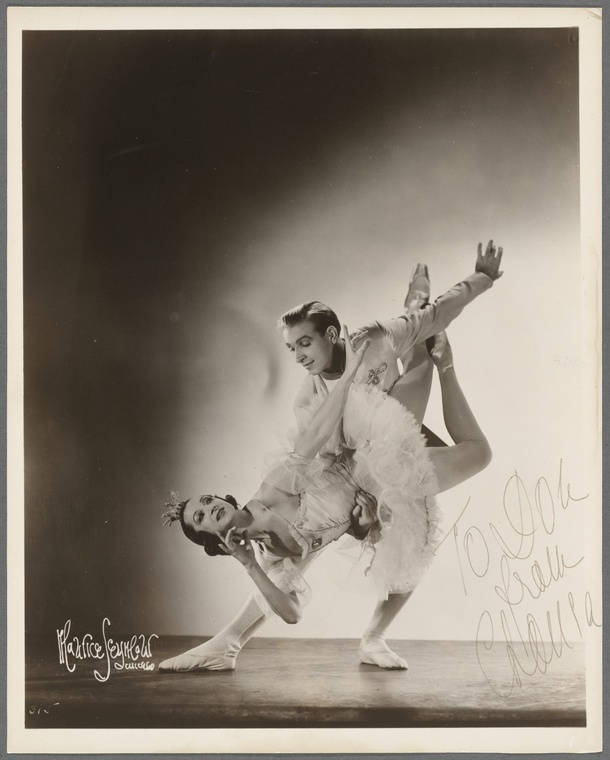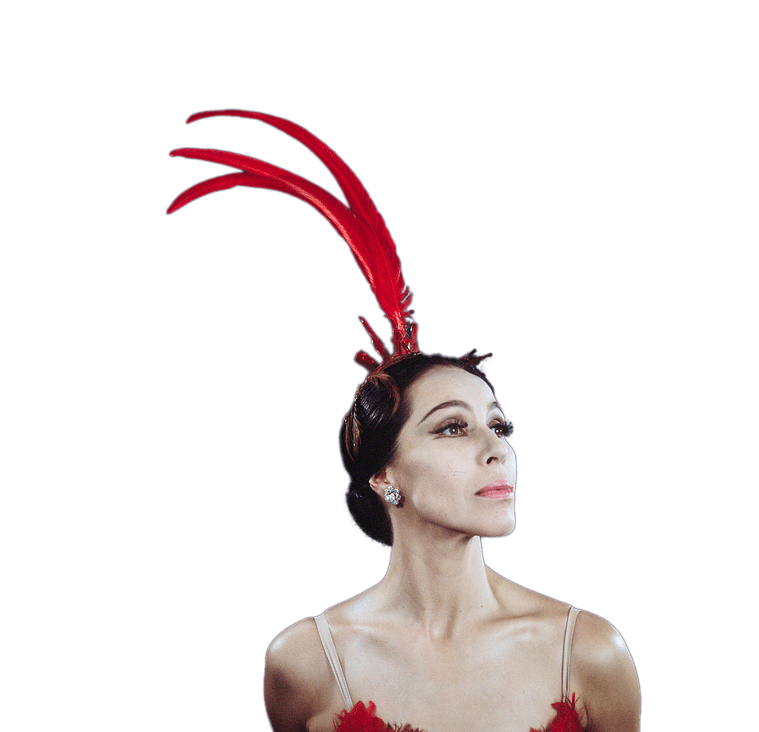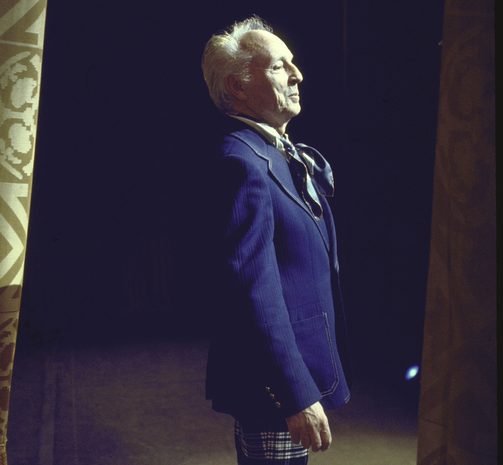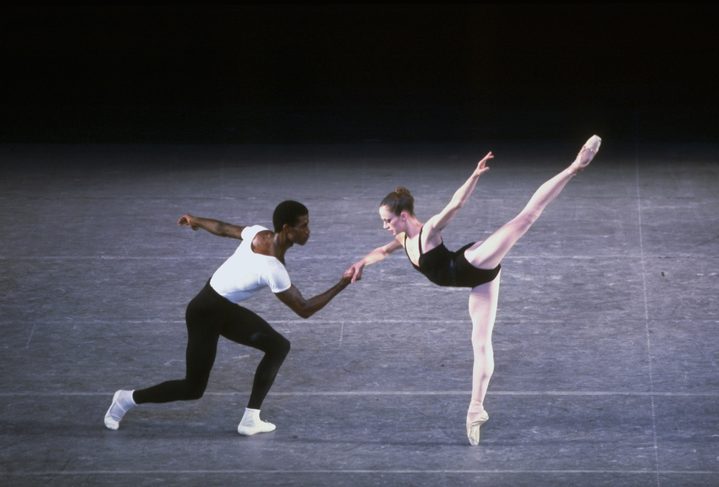Balanchine Technique & Style
Classes of Oboukhoff, Vladimiroff, Doubrovska and Williams
Upon founding the School of American Ballet in 1934, Balanchine invited teachers who guided students in the Russian, Danish and English traditions. Balanchine built his style from what he learned of these techniques and was known to develop choreography directly from class combinations. Pierre Vladimiroff, an early faculty member from Russia, was soon joined by Anatole Oboukhoff of the Maryinsky and Felia Doubrovska who danced with Diaghilev’s Ballet Russes. In the 1950’s, former Royal Danish Ballet dancer Stanley Williams began guest teaching at the school and later joined the faculty where he would continue to teach until his death in 1997.
These classes, notated by Barbara Walczak, demonstrate the technical foundation that Balanchine considered essential for his dancers.
About Barbara Walczak
Barbara Walczak, born in Astoria, New York, started her dance training with Phyllis Marmein at the YMCA at 50th Street and Tenth Avenue. She studied with Igor Schwezoff until the age of thirteen, before being taken by her teacher to the School of American Ballet. At sixteen, she appeared with the forerunner to New York City Ballet, Ballet Society, in their performance of The Spellbound Child and then with the New York City Ballet, dancing in their inaugural season, from 1948 until 1960. Among the first four dancers to be named soloists by George Balanchine, Ms. Walczak danced many solo and leading roles. In addition, she spent a summer as a soloist with the Alicia Alonso Company and performed solo and leading roles with André Eglevsky’s Ballet Divertissement.
Ms. Walczak and the late Una Kai, a former NYCB dancer and ballet mistress, co-authored Balanchine the Teacher: Fundamentals That Shaped the First Generation of New York City Ballet, published in 2008. Ms. Walczak has catalogued the classes of SAB teachers Felia Doubrovska, Anatole Oboukhoff, Pierre Vladimiroff, and Stanley Williams.
Since retiring from performing, Ms. Walczak has been teaching, including as a guest instructor for the School of American Ballet, and, for thirteen years, running her own school as well. The Ford Foundation sponsored her stint at the Jones Haywood School in Washington, D.C. and she served on the faculty of the Alvin Ailey School. Currently, she coaches and gives private lessons.
To purchase Balanchine the Teacher, head to University Press of Florida or your local bookstore: https://upf.com/book.asp?id=9780813032528
Balanchine Essays: On Balanchine Style & Technique
Balanchine ballerinas and renowned teachers and coaches Suki Schorer and Merrill Ashley demonstrate crucial aspects of Balanchine Style and Balanchine Technique in a ten-part series of films illustrating how the choreographer applied them in his ballets. These recordings are invaluable resources for anyone interested in the importance of Balanchine as a teacher and the relationship of his pedagogy and his ballets.
Music & Dance

Music Dances: Balanchine Choreographs Stravinsky
Dance as Music in Balanchine’s Concerto Barocco
Kara Yoo Leaman, an independent music theorist and Resident Fellow at The Center for Ballet and the Arts 2019-20 and 2022-23, examines George Balanchine’s use of music by Bach, Bizet, Mozart, and Tschaikovsky to explore Balanchine’s expression of musical artistry through choreography. Tracing connections between the movement patterns in Balanchine’s ballets and their musical scores, this study provides evidence to support long-held thinking regarding Balanchine’s music-based choreographic process and suggests new ways to understand music-dance interactions. Along with her own music-based movement notation, Leaman applies the latest tools of music analysis and digital video editing to illustrate how in his choreography Balanchine both replicated patterns from musical scores and constructed other patterns to complement the music.
Beginning in 2023, Dr. Leaman will continue to create video analyses in collaboration with the George Balanchine Foundation, thanks to the generous support from the National Endowment for the Humanities.
Research Collections

Photo by Maurice Seymour
Frederic Franklin: An Oral History
Popular Balanchine







